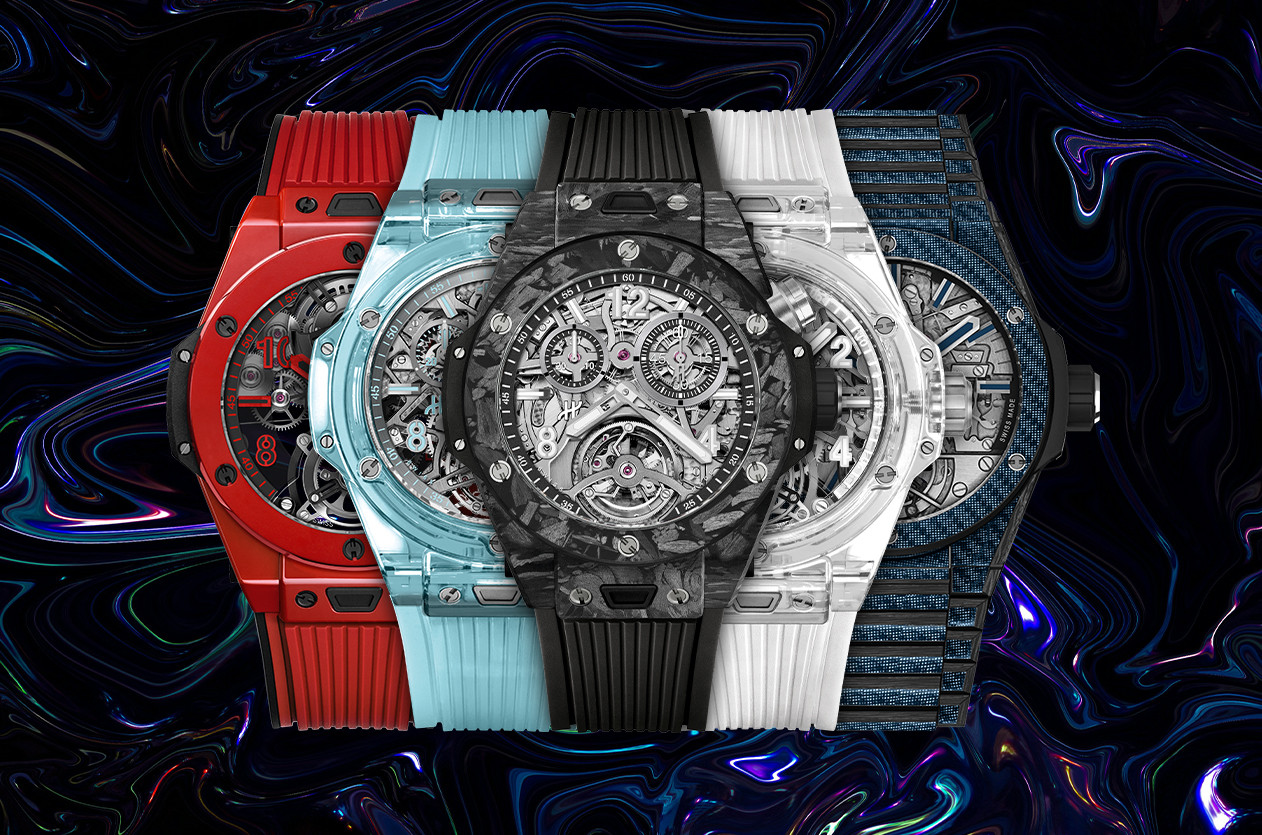
Introducing Hublot Celebrates Big Bang’s 20th Anniversary with the "Materials & High Complications" set
Welcome to the hub of the horoloy
The clutch in mechanical watches is a mechanism used to control the transfer of motion between the watch's components. It acts as a movable link between different gears or wheels within the movement, enabling them to engage and drive each other when necessary. The clutch is often used in watches for specific functions such as adjusting the time or activating and deactivating certain mechanisms, like chronographs or turbines.
Typically, the clutch consists of two main components: a fixed disk and a moving disk. The fixed disk is usually connected to the core components of the movement, while the moving disk engages with other parts through mechanical interaction. When the moving disk is activated by an external mechanism, such as a crown or button, it connects with the fixed disk to transmit motion to the rest of the movement. Conversely, when the disks are disengaged, motion is cut off, stopping specific functions or operations within the watch.
The clutch plays a crucial role in enhancing the precision of the timepiece by ensuring that the connection between moving parts is controlled, allowing for smooth adjustments to the time or activation of special features.
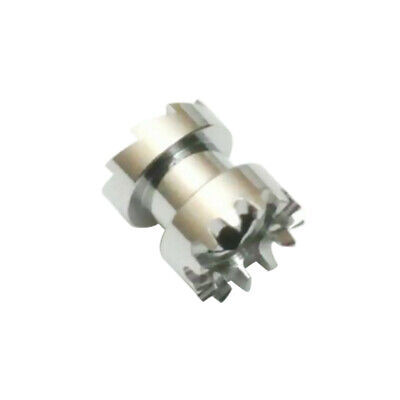
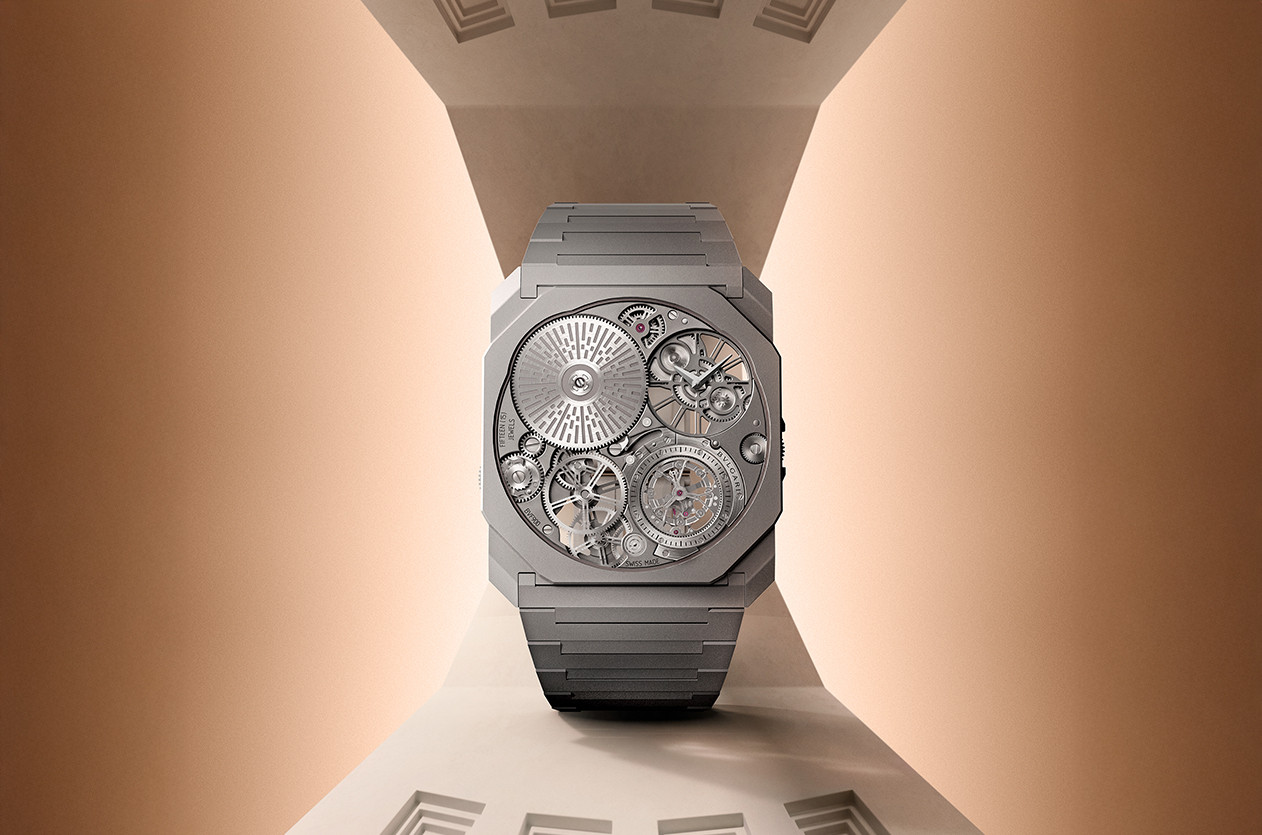
Introducing Bvlgari Shines Again with the World's Thinnest Tourbillon

Introducing Rolex Launches the Daytona 126518LN in Yellow Gold with a Turquoise blue Dial
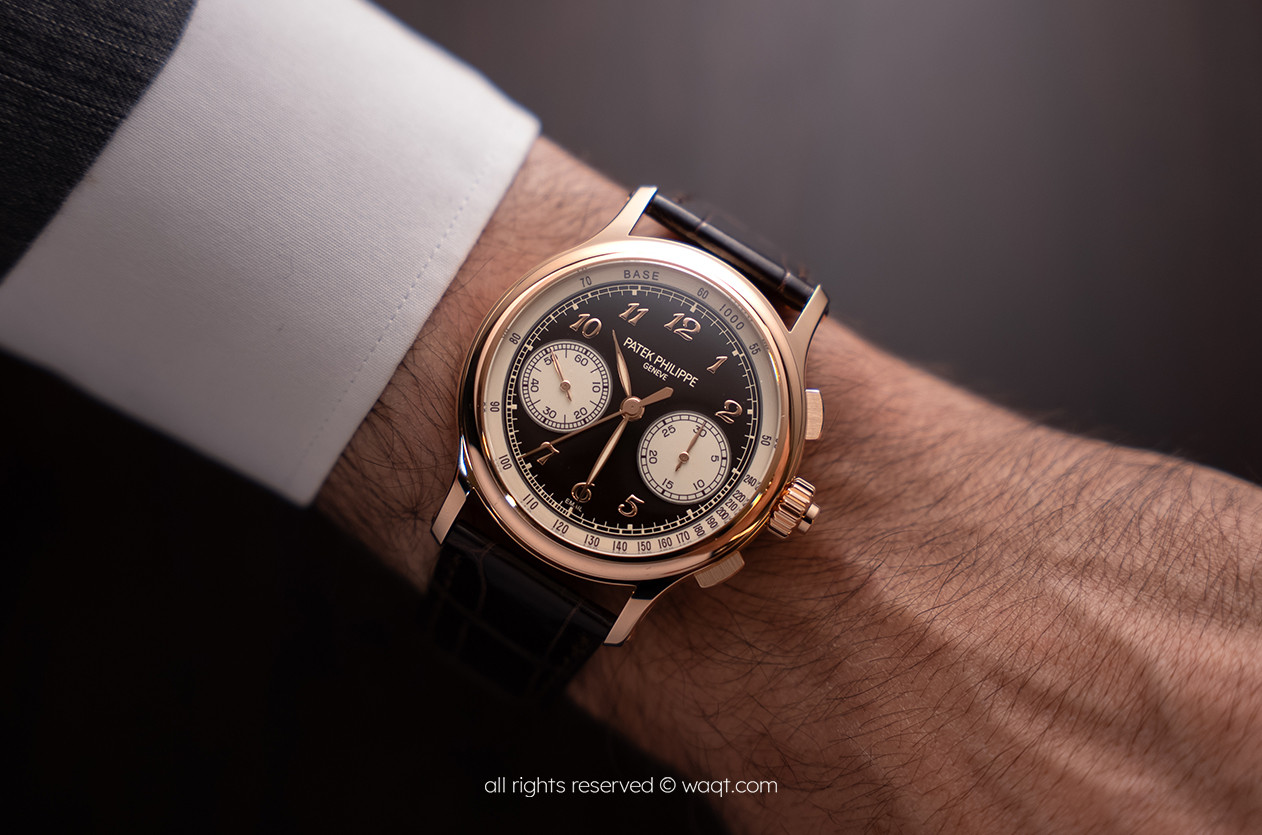
Hands on Patek Philippe Unveils the Split-Second Chronograph 5370R

Introducing A. Lange & Söhne Unveils the Minute Repeater Perpetual
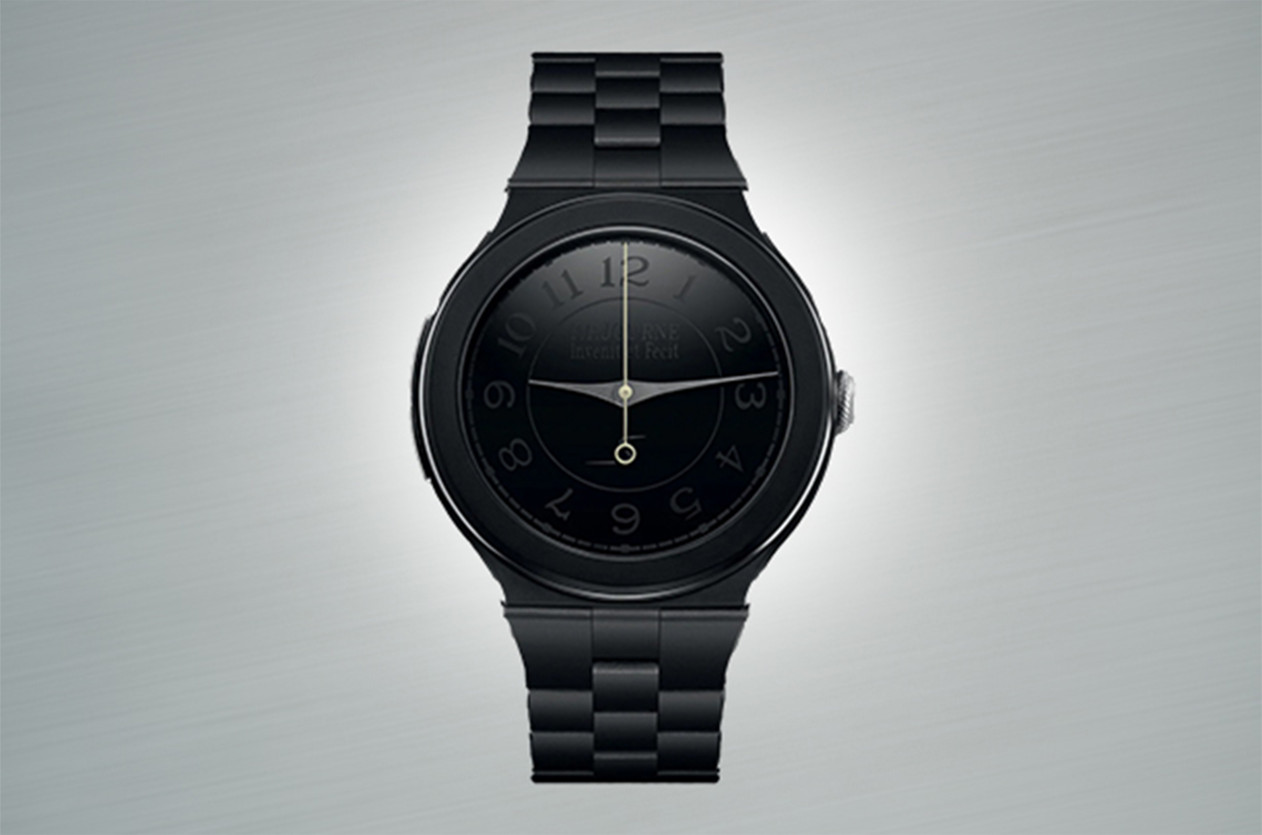
Introducing F.P.Journe Launches the Chronomètre Furtif with a Striking Tungsten Carbide Case

Introducing Gerald Charles Unveils the Maestro GC Sport Tennis Watch